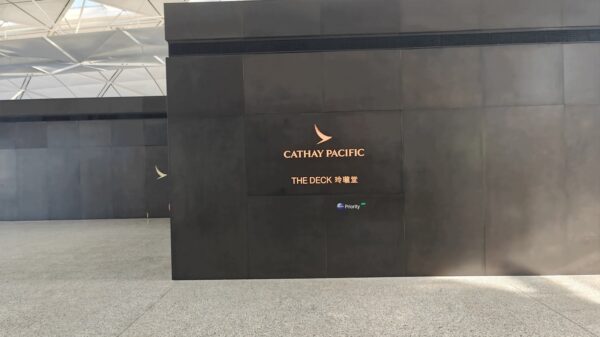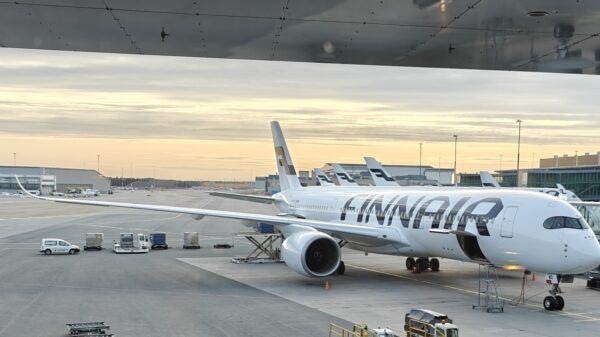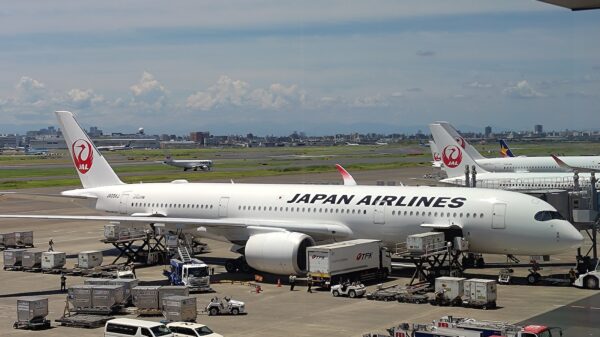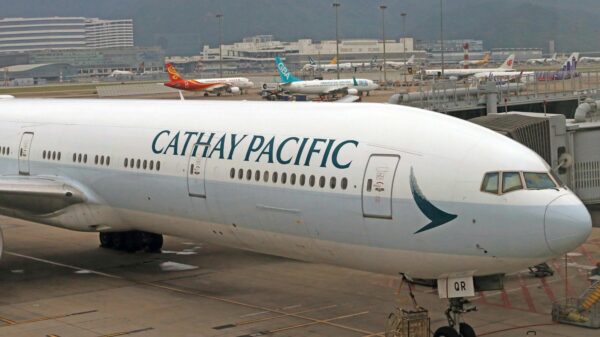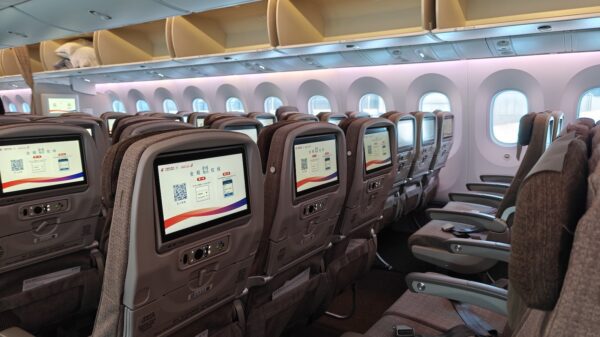When it comes to the oneworld alliance, travelers expect a certain standard of quality, even in economy class. Unfortunately, Finnair seems determined to shatter those expectations. Among its oneworld peers, Finnair’s intercontinental economy class stands out—for all the wrong reasons. Sky-high ticket prices that often rival more premium carriers? Check. No checked luggage included in most fares? Check. Barely-there food service that makes you question if you’re on a long-haul flight or a low-cost budget airline? Double check.
It’s baffling that Finnair positions itself as a premium airline while delivering what feels like a stripped-down, budget experience. For an airline boasting sleek marketing and Nordic charm, the reality leaves travelers frustrated and underwhelmed. In this post, we’ll dive into why Finnair’s economy class is arguably the worst offering in the oneworld alliance and why their intercontinental service is one to avoid at all costs. If you have flown with Finnair last time in early 2020s, you are now in for a shock – their old economy class has been rebranded as premium economy and their current economy class is heavily inspired by Ryanair.
The Seats: Recline to Relax, But at a Price
Let’s talk about the seats—one of the few aspects of Finnair’s intercontinental economy class that isn’t entirely disappointing, but still far from perfect. On the positive side, the seats recline more than you might expect on a modern aircraft. This makes them surprisingly decent for sleeping, especially if you’re lucky enough not to have someone directly behind you. However, that’s where the comfort ends.
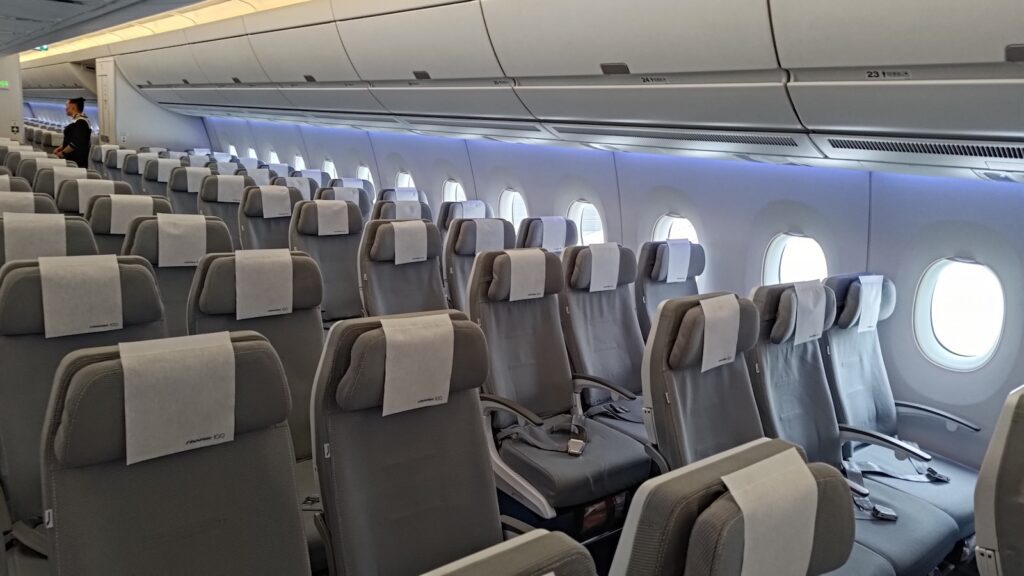
The legroom in non-premium seats is minimal, bordering on claustrophobic. When the person in front of you inevitably takes advantage of the generous recline, it can feel like you’re trapped in a sardine can. Your tray table becomes practically unusable, and the space for your knees vanishes, leaving you squirming for the duration of the flight. For taller passengers, it’s a nightmare scenario—an uncomfortably tight squeeze that makes long-haul travel feel much longer than it should.
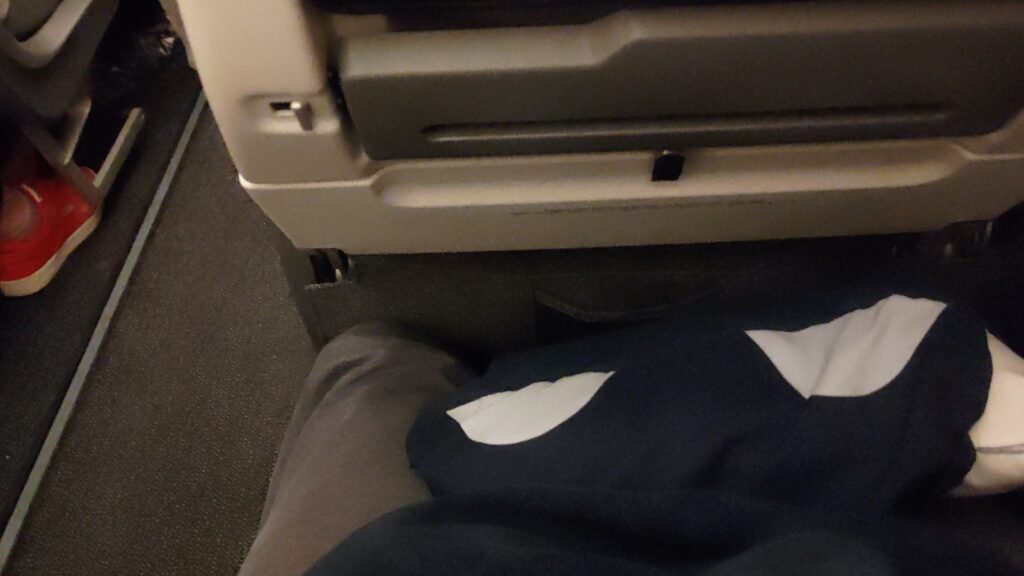
While the reclining seats might seem like a redeeming feature, the poor legroom negates the benefit entirely, turning a small comfort into a source of frustration. For an airline charging premium prices, you’d expect a lot more thought put into ensuring passenger comfort. Instead, Finnair seems content to prioritize profits over the basic needs of their economy passengers.
Food or lack there of
If you’re hoping for a satisfying meal to break up the monotony of a long-haul flight, Finnair’s economy class will leave you sorely disappointed. While many airlines offer two meal services on intercontinental flights, Finnair seems to have taken a different approach—at least on my 8-hour flight from JFK to Helsinki. There was only one free meal service, and the experience was as underwhelming as it gets.

To make matters worse, there was no choice of meals. The only option was a vegetarian dish that consisted of noodles and vegetables. That’s it. No meat, no plant-based protein substitute—just a sad plate of carbs and veggies that felt more like a thoughtless afterthought than a proper meal. Alongside it came an equally depressing salad featuring a single slice of tomato and cucumber, as if to mock the idea of a balanced meal.

For an airline charging premium ticket prices, it’s astonishing that they skimp so much on food quality and quantity. Finnair’s meal service feels less like an effort to nourish passengers and more like a box-ticking exercise to say they provided something. It’s a bare-bones experience that leaves you hungry, unimpressed, and questioning why you didn’t pack your own snacks. If you value decent food on long flights, Finnair is not the airline for you.
Drinks
Finnair’s approach to beverage service in intercontiental economy class is yet another area where the experience feels lackluster. You’re entitled to soft drinks, juice, coffee and water twice during the flight, which covers the basics but doesn’t go above and beyond to make passengers feel taken care of. For those needing hydration in between, there’s a self-service area at the back of the plane with water and orange juice available throughout the flight—a nice touch, but still minimal for an intercontinental journey.
Alcoholic beverages are similarly restricted. During the first meal service, you’re allowed one complimentary glass of wine or a can of beer. However, if you’d like anything more—whether it’s an additional drink, a cocktail, or even just another round of wine or beer—you’ll need to open your wallet. The fact that most of the beverage options beyond the bare essentials are pay-as-you-go leaves passengers feeling nickel-and-dimed, especially given Finnair’s already high ticket prices.
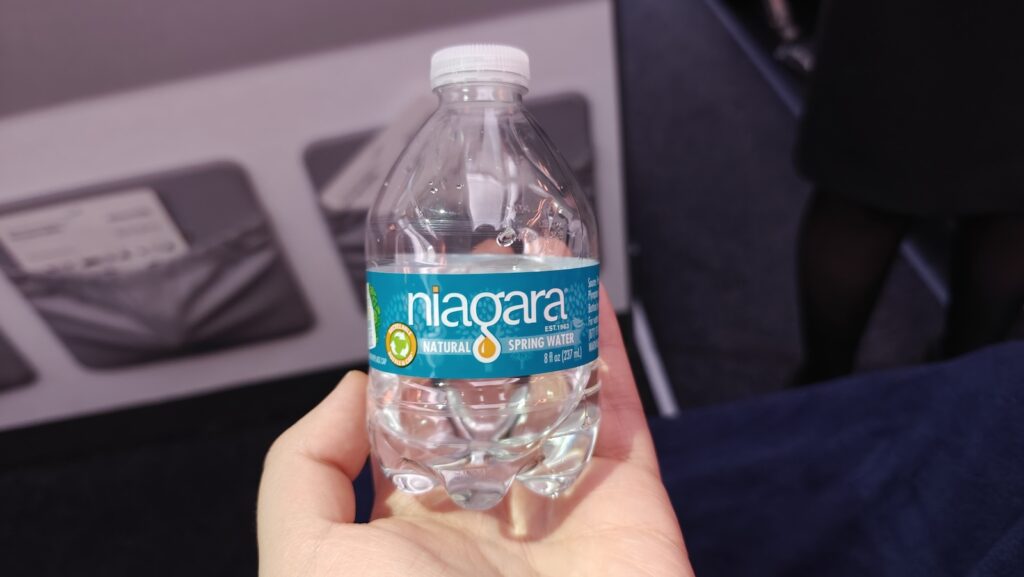
In summary, while the free drink options are serviceable, they’re far from generous. Finnair seems to have drawn a firm line between what’s “included” and what requires payment, leaving economy passengers with just enough to get by, but little to enjoy. For an intercontinental flight, the overall offering feels basic, sparse, and uninspired.
Entertainment
Finnair’s in-flight entertainment system boasts a sleek, modern interface with a clear display that provides useful information such as connecting flights, remaining flight time and any delays. However, the content selection leaves much to be desired. The movie library is limited, offering few options to keep passengers engaged during long-haul flights.
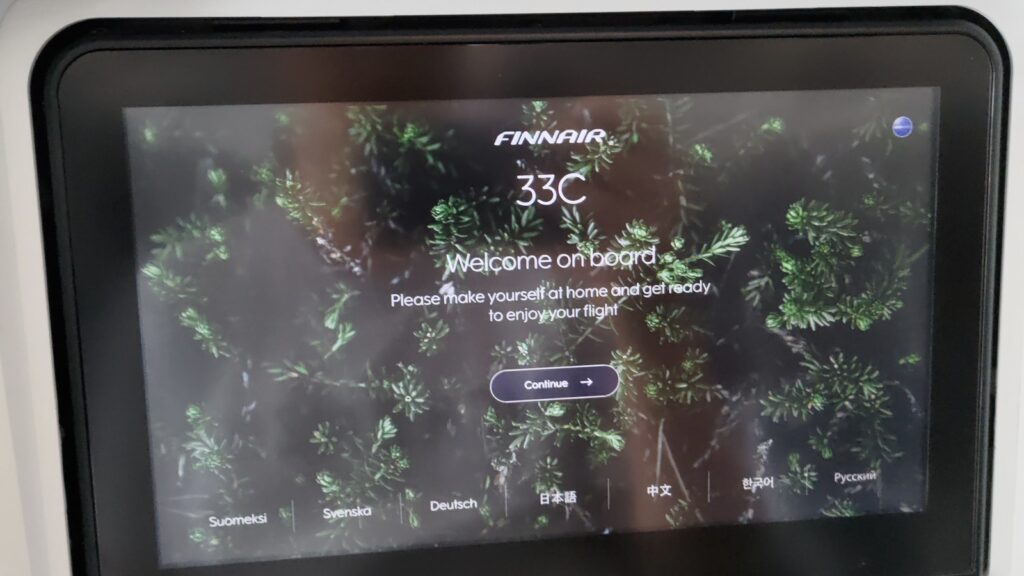
Adding to the frustration, Finnair no longer provides complimentary headphones in economy class. Passengers are expected to bring their own compatible headphones to access the entertainment system. This policy change, combined with the sparse content, makes the in-flight entertainment experience underwhelming, especially considering the airline’s premium pricing.
A Far Cry from Premium Travel
Finnair’s intercontinental economy class is an exercise in contradictions. It charges premium ticket prices while delivering a bare-bones experience that feels closer to a budget airline than a member of the prestigious oneworld alliance. From cramped seating and inadequate meal service to a disappointing in-flight entertainment system and nickel-and-dimed amenities, Finnair has managed to alienate economy passengers while leaning heavily on its Nordic branding to maintain an illusion of quality.
Perhaps the most ironic moment of the flight comes just before landing when a video politely asks passengers to leave their pillows and blankets behind on the aircraft. The irony? Finnair no longer provides pillows in economy class, a cost-cutting measure that seems to mock passengers while reinforcing how far the airline has fallen in terms of service.
For travelers looking for comfort, value or even just basic care on long-haul flights, Finnair is not the airline to choose. While its sleek marketing and modern branding might draw you in, the experience leaves you feeling shortchanged and disappointed. Finnair’s economy class is, quite simply, a joke—not one you’ll laugh at, but one you’ll remember for all the wrong reasons. Next time I fly across the pond, I will surely fly British Airways.





